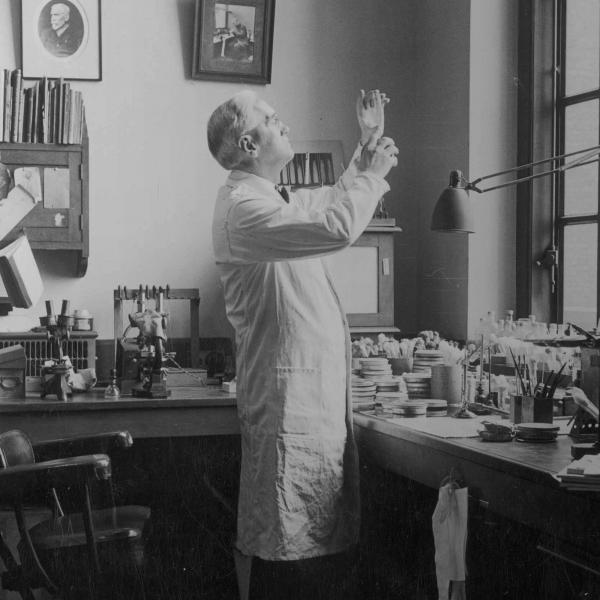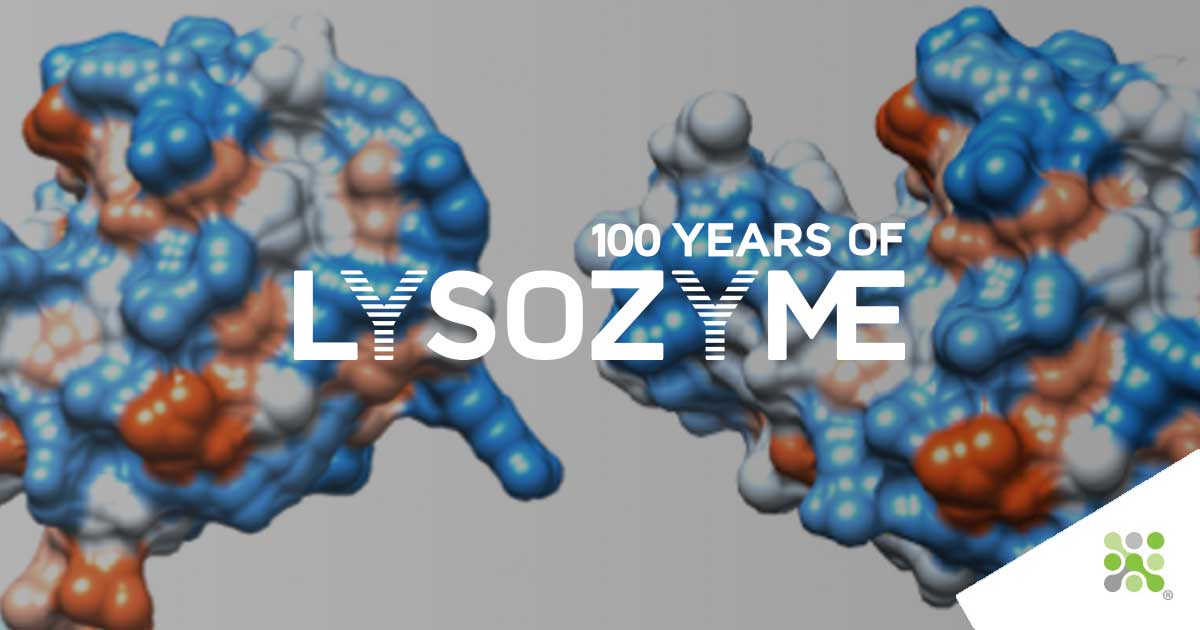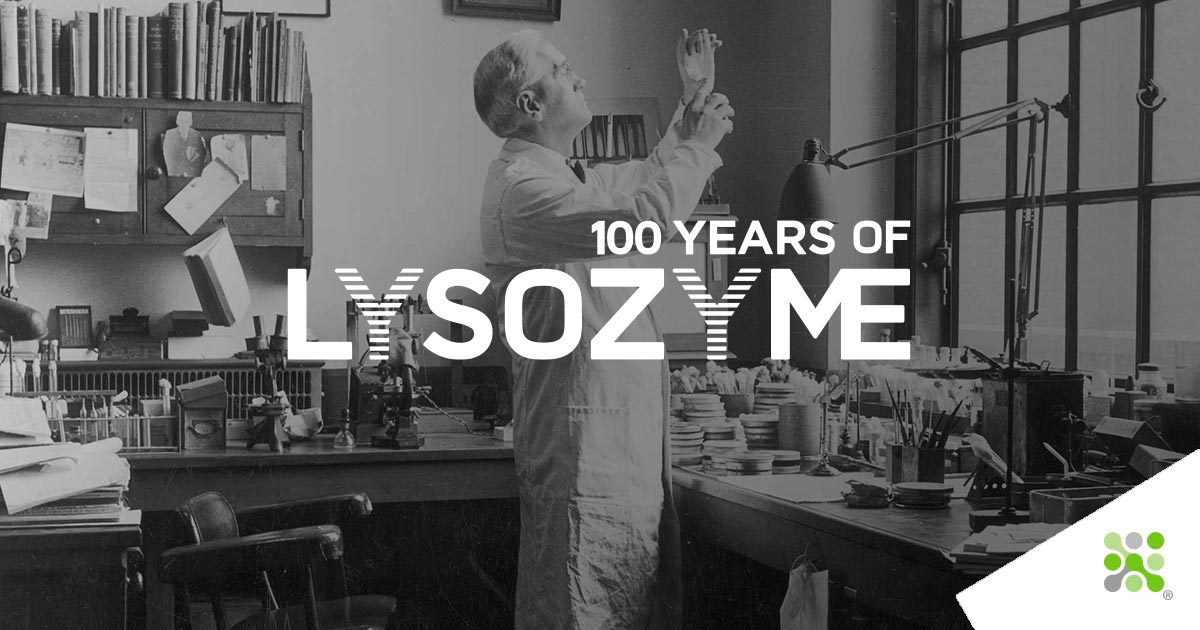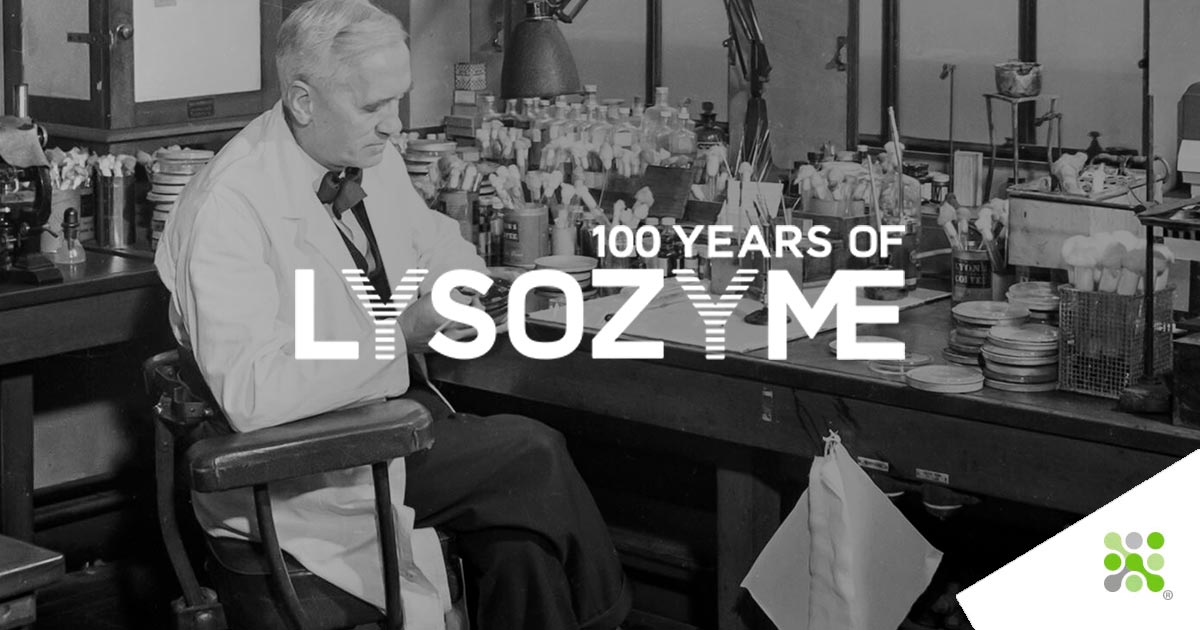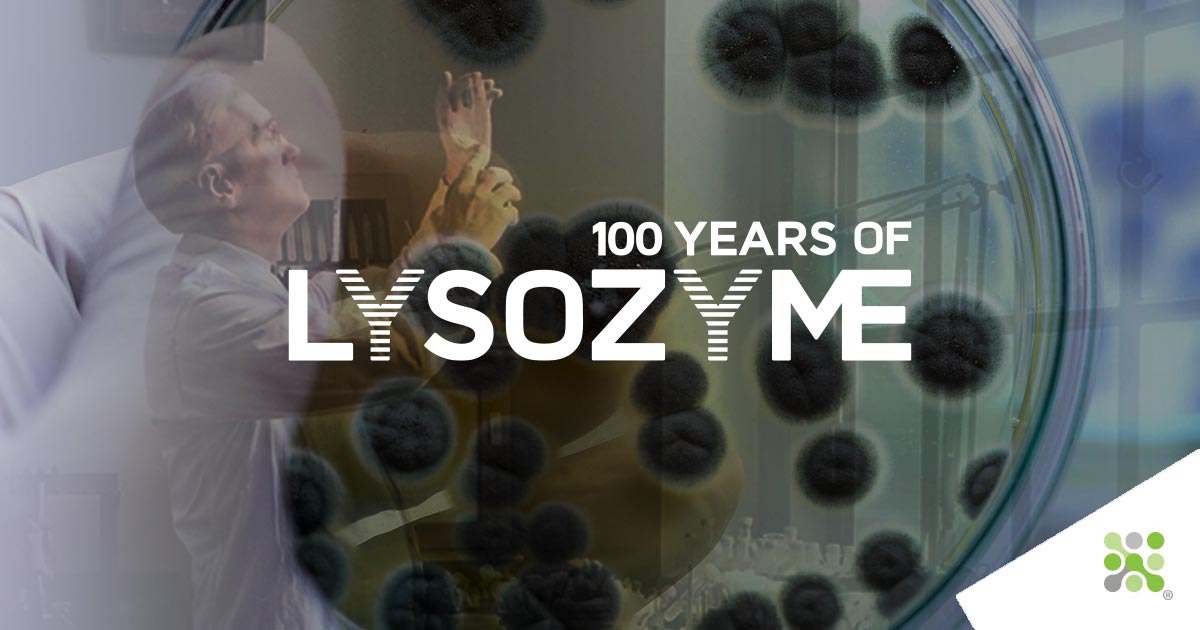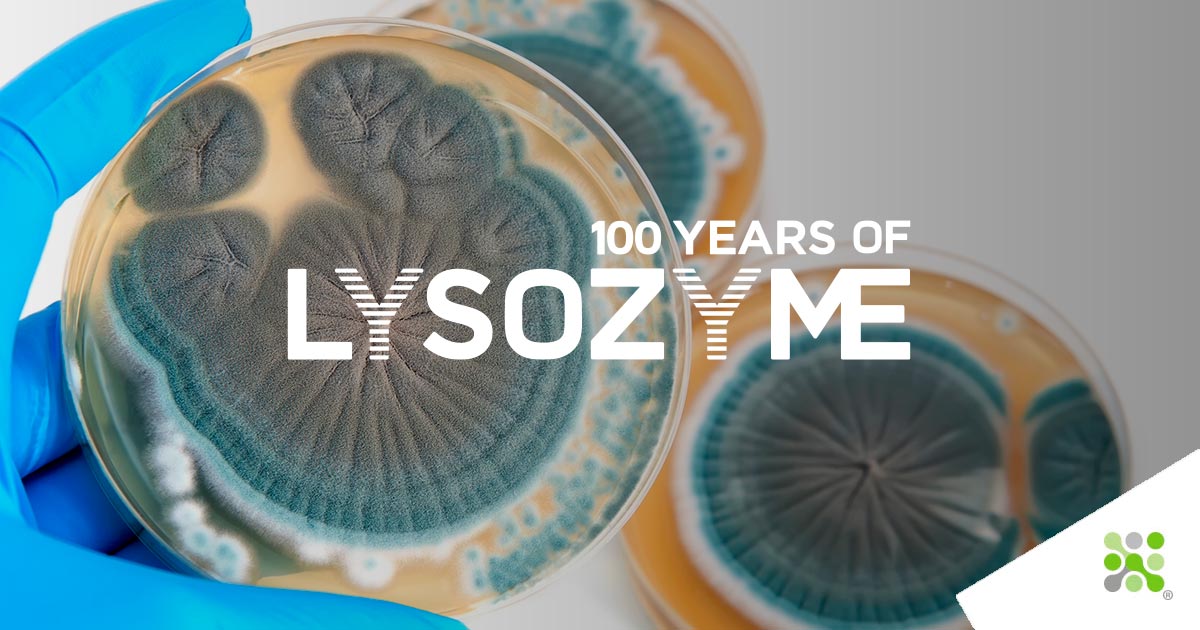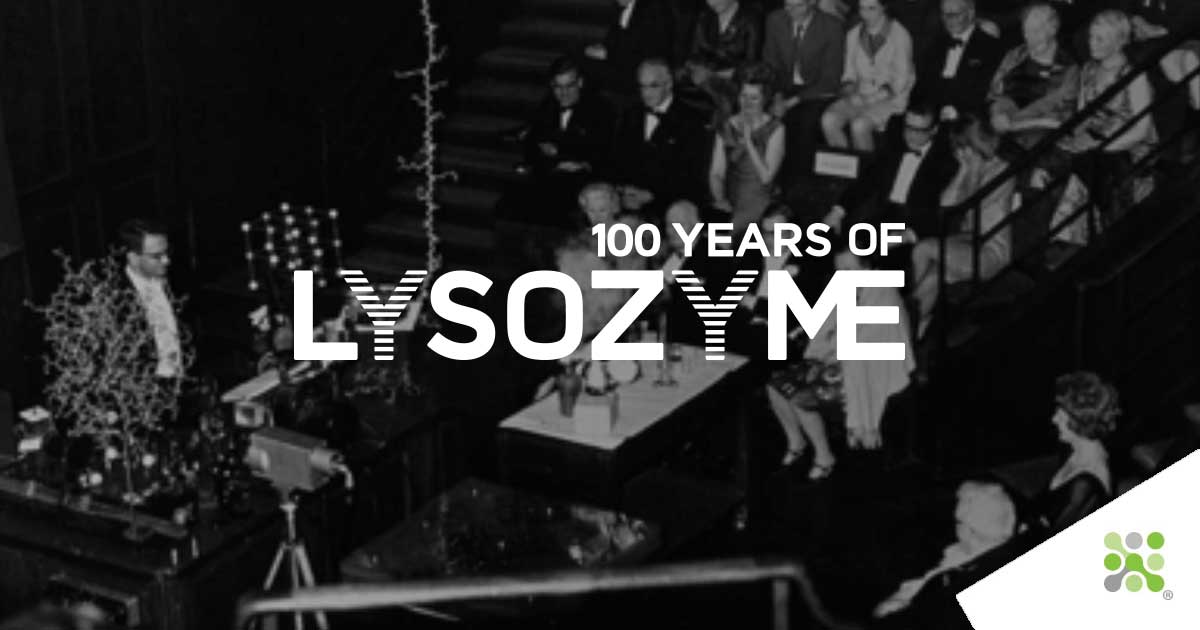Bioseutica®: Producing egg-white lysozyme since the 1950s, a 75-year legacy, continuing a centuries-old tradition of its antimicrobial use since 100 AD.
The first surviving records of the use of egg-white for its antibacterial and medicinal properties date back to ancient Greek and Roman societies. Dioscorides, the Greek physician, wrote in the 50-70 AD ‘De materia medica’ of egg-white as a medicinal salve for the eyes, a practice that has echoes across both ancient Roman, and traditional Sudanese practice also1. Pliny the Elder, Roman naturalist and natural philosopher (what we might call a scientist today), recorded a cancer treatment containing sea-crab ash, egg-white, honey and powdered falcon faeces (yes) in his ‘Naturalis Historiae’ dating to 77 AD2. The first modern records of the direct antibacterial capabilities of egg-white came in 1909, in a paper from P. Laschtschenko3.
__
“one must come to the conclusion that the egg white of the chicken egg contains enzymes of a proteolytic character. The germinating effect of these enzymes is so great that it can only be eliminated by a relatively strong dilution…“
__
In this work, Laschtschenko identified that there existed a proteolytic agent in the egg-white, potent against certain bacteria. But also that there are a considerable number of strains that are unaffected, including the gram-negative Vibrio Cholera and Salmonella Paratyphi B 3. It was another twelve years before the contributing component of the egg-white itself was identified, in a lab, “about 12 feet square (1.1m2) … ridiculous in size according to present-day standards”. Allison, Alexander Fleming’s research assistant and close friend, shared his recollections of the breakthrough discovery in a lecture delivered to the Ulster Medical Society some 52 years later4:
__
“early on Fleming began to tease me about my excessive tidiness in the laboratory … if he had been as tidy as he thought I was, he would not have made his two great discoveries – lysozyme and penicillin.”
__
“This is interesting.”
With striking similarity to that of Penicillin some six years later, the discovery of lysozyme was one of serendipity. A discovery primed by the impact of his first-hand experiences during World War One. As a captain in the Royal Army Medical Corps (RAMC), Fleming joined his supervisor in setting up a rudimentary laboratory to study the infection of wounds. Here, on the top floor of a casino in Boulogne, he discovered that the antiseptic used on wounds at the time, Carrel-Dakin’s solution, was actually causing more harm to white blood cells than bacteria. Efforts to treat wounds were in fact inadvertently promoting their infection.
“In the fields of observation, chance favours only the prepared mind” Pasteur 1854
Fleming’s experiences during the war drove him to later try any and every approach to identify substances that could slow or prevent bacterial growth. It was with this momentum then that in 1921, whilst nursing a cold, Fleming decided to inoculate mucus from his own nose onto a blood agar petri dish. Leaving this dish among the 40 or 50 others on his overcrowded bench, Allison recalls the moment of discovery several weeks later4:
__
“Discarding his cultures one evening, he examined one for some time, showed it to me, and said, ‘This is interesting.’
__
The remarkable feature of the plate was that in the vicinity of the blob of nasal mucus there were no bacteria; further away from another zone in which the bacteria had grown but had become translucent, glassy and lifeless in appearance”
__
References
- El-Kamali 2000, J Ethnopharmacology
- Hajdu et al. Cancer 2011
- Laschtschenko,P. (1909) Über die keimtötende und entwicklungshemmende Wirkung von Hühnereiweiss. Z. Hyg. Infektionskrankh.,64,419-427
- Allison VD. Personal recollections of Sir Almroth Wright and Sir Alexander Fleming. Ulster Med J. 1974;43(2):89-98.
100 years of Lysozyme
2022 marks 100 years since news of Lysozyme’s discovery reached the Royal Society. Let us take you on the journey of this 100-year story:

